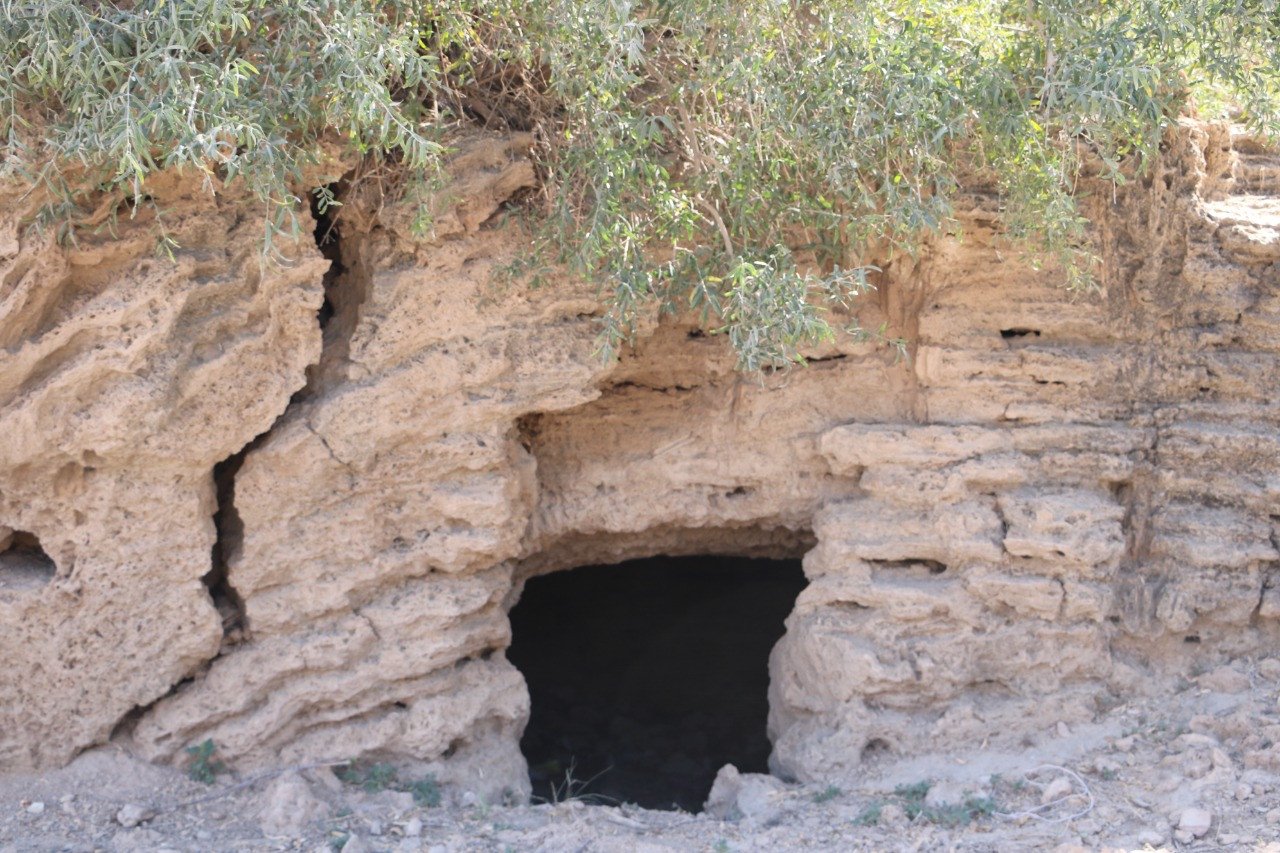
Many civilisations have thrived and turned to dust on the very banks of the great Indus River, making Sindh home to some of the oldest cultural sites in the region.
One such hamlet is the ancient Kai Valley, located some 35 kilometres from the city of Sehwan. The seven caves here, known locally as Satt Ghariyoon, are a portal into the Bronze Age- a time before history itself, which is an ode to the brilliance of mankind and the many feats that it has conquered since then.
However, once appreciated as an archeological site of great significance, the Kai Caves today are little more than a shelter for stray animals and a natural crevice for people to dump their junk.
The site, which could have been preserved as one of Sindh’s most striking centres for heritage, has been rather left to wither in shambles with little regard for all the historical wisdom it holds within. According to Ali Akbar Noohani, who lives in a nearby village, at least three generations of his have grown up seeing the caves in the same dilapidated condition.
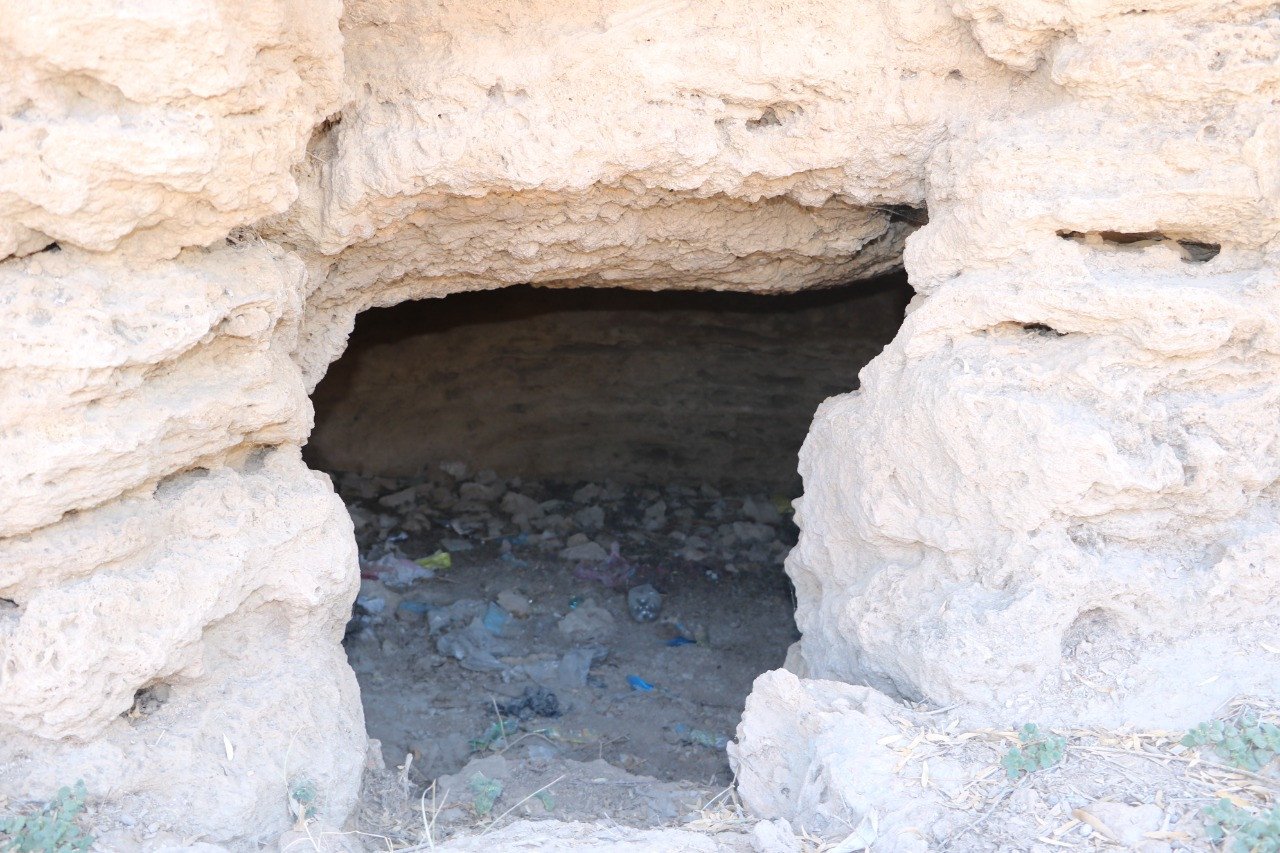
PHOTO: EXPRESS
“During the floods of 2010 some people took shelter and lived here for a few days. Now, locals have put animal fodder inside the caves and started using them like storage houses,” told the local. If one visits the caves today, they are more likely to be greeted by herd of donkeys and packs of stray dogs, rather than a tour guide as one would expect to find a place of historical significance.
The sight from the caves however, is still bound to transport anyone to a time before time. The swaying date palms still catch the tune of the wind, as they did thousands of years ago while the mighty hills still line the valley, letting one imagine the civilisation that prospered in its crux.
Since there has been limited study of the ancient valley, experts still remain contested about its history. Some say the caves are prehistoric, while others dub the caves of Chalcolithic or Copper Age. The site, situated hardly 40 kilometres south of Sehwan, is also home to a variety of places with a great potential for tourism, owing to their religious and historical significance.
Read More: Heritage trail planned for Pindi
One such locus is Panj Tan jo Bag, which translates to Place of the Five Purified Ones, and refers to the mythical presence of Prophet Muhammad’s closet of kin; at some point in time, including daughter Fatemah, son in law Ali, and grandchildren Hasan and Husain.
Among other tourist spots include water mill on the centuries-old spring; Zoroastrian Tower of Silence and remains of the Bhudda era. Lakhmir-Ji-Maari, a mound of the cruel king who according to some myths had been fossilised by Hazarat Ali during his visit to the area.
“It’s said to be an ancient route that leads to Hindu temple Hinglaj Mata that falls in Lasbella District of Balochistan. This is an ancient route used by Jogis and mystics,” said Aziz Kingrani, writer and researcher who has intensity worked on archelogy, heritage and historical sites.
According to Kingrani many archeologists during British era also worked on the sites and found Chalcolithic pottery and other relics.
“NG Majumdar was archeologist in the British government and discovered around 62 Indus Valley Civilization sites and also visited the Kai Area and its neighboring Lakhmir-Ji-Maari,” he said adding that Kai Caves are not natural, but they are manmade.
Per Kingrani, the caves are on a small rock of mountain. They are not as deep as natural caves. But government must take measures to preserve these sites that represent thousands of years of human settlement. Dr Louis Flam, an American experts of archeology with local archeologist Taj Sehrai also visited the Kai Caves in 1970s.
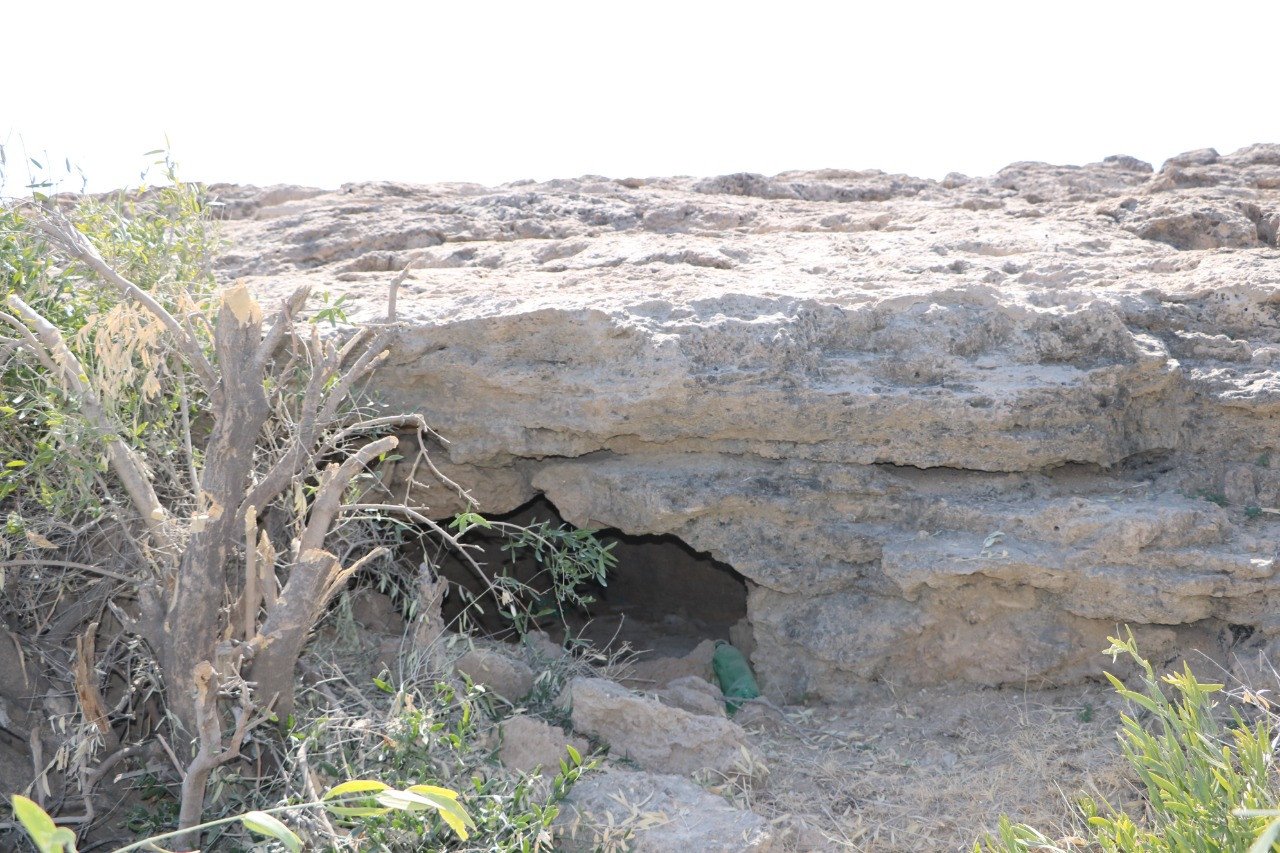
PHOTO: EXPRESS
According to Sindh government’s former director general of archeology department, Qasim Ali Qasim, the caves were made of limestone and one can find pillars inside them.
“There is dire need for demarcation around the all seven caves and funds to be allocated for their preservation, “ he said adding that Sindh has been rich in terms of heritage and archeological sites, most of which are neglected and lying idle.
Experts believe that the provincial government can earn billions of rupees from tourism if proper infrastructure including roads, restaurants, motels and rest house are developed with proper facilities.
Thousands of people (mostly belonging to Shia sect) after attending Qalandar Lal Shahbaz’ annual urs travel every year via this route by foot heading towards Lahoot Lamakan that comes in Khuzdar district of Balochistan.
There is a main cave in Lahoot believed to be the abode of Prophet Muhammad’s (PBHU) son-in-law Ali, who once lived over there with his family. The devotees visit the area along with Noorani shrine and the Hinglaj temple.
“It takes pilgrims around 14 to 15 days to reach Lahoot Lamakan located in the highest mountains of Balochistan. The devotees spend first night at Kai Caves area then they proceed ahead” said Mujahid Shah Syed, who recently launched Indus Tourism Club to promote tourism in the province. “Most of the people visit northern areas of Pakistan in the summer. “The potential sites in Sindh in winter will be an ideal place for them because of the reasonable temperature,” he said adding that lack of will on the part of Sindh government to promote its tourism industry caused huge loss.
“We now live in the era of technology and things can be promoted using social media platform. Sindh has many wonders when it comes to tourism, but no one is interested in this sector. The seriousness of the provincial government can be gauged from the fact that they have not yet finalised a tourism policy in the province,” commented Mujahid.
Souces privy to the development told The Express Tribune that Sindh government had built a rest house at Kai caves in 1990s, but since its inception not a single tourist entry has been booked in last 24 years.
“The rest house has four rooms and a swimming pool, which mostly remains closed,” said sources in Sindh Tourism and Development Corporation (STDC).
The conservation of the historical sites comes under the domain of Sindh culture, antiquities and archeology department. Speaking in the regard, Fatah Shaikh Director Archeology and Antiquities said that they have limited resources, therefore have not yet started any work on Kai Caves. “There is dire need for joint effort in this case.
First of all, the geology department has to determine the period of these caves. We don’t know when these were built, but It looks that they belong to historic period and are built by people,” he said adding that Kai Caves are not among the list of 275 declared sites of Sindh, so the site is not yet under consideration to work on.
“We currently don’t have any plan to work on the issue because of limited resources. The department has already been preoccupied in any other things, so it will be impossible to work on it in near future,” he told The Express Tribune.



-(14)1720679028-0/(image-blakelively-on-Instagram)-(14)1720679028-0-165x106.webp)

1731028448-0/Untitled-design-(37)1731028448-0-165x106.webp)




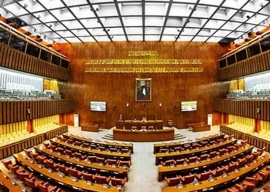

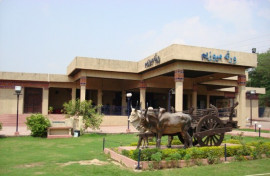








COMMENTS (2)
Comments are moderated and generally will be posted if they are on-topic and not abusive.
For more information, please see our Comments FAQ